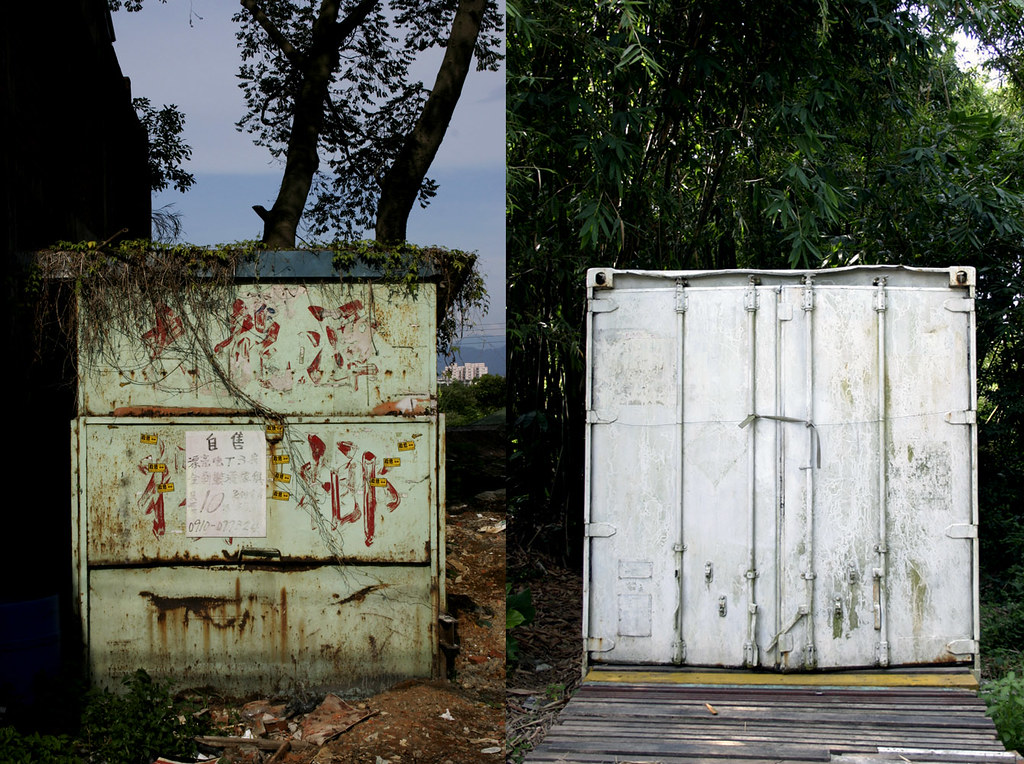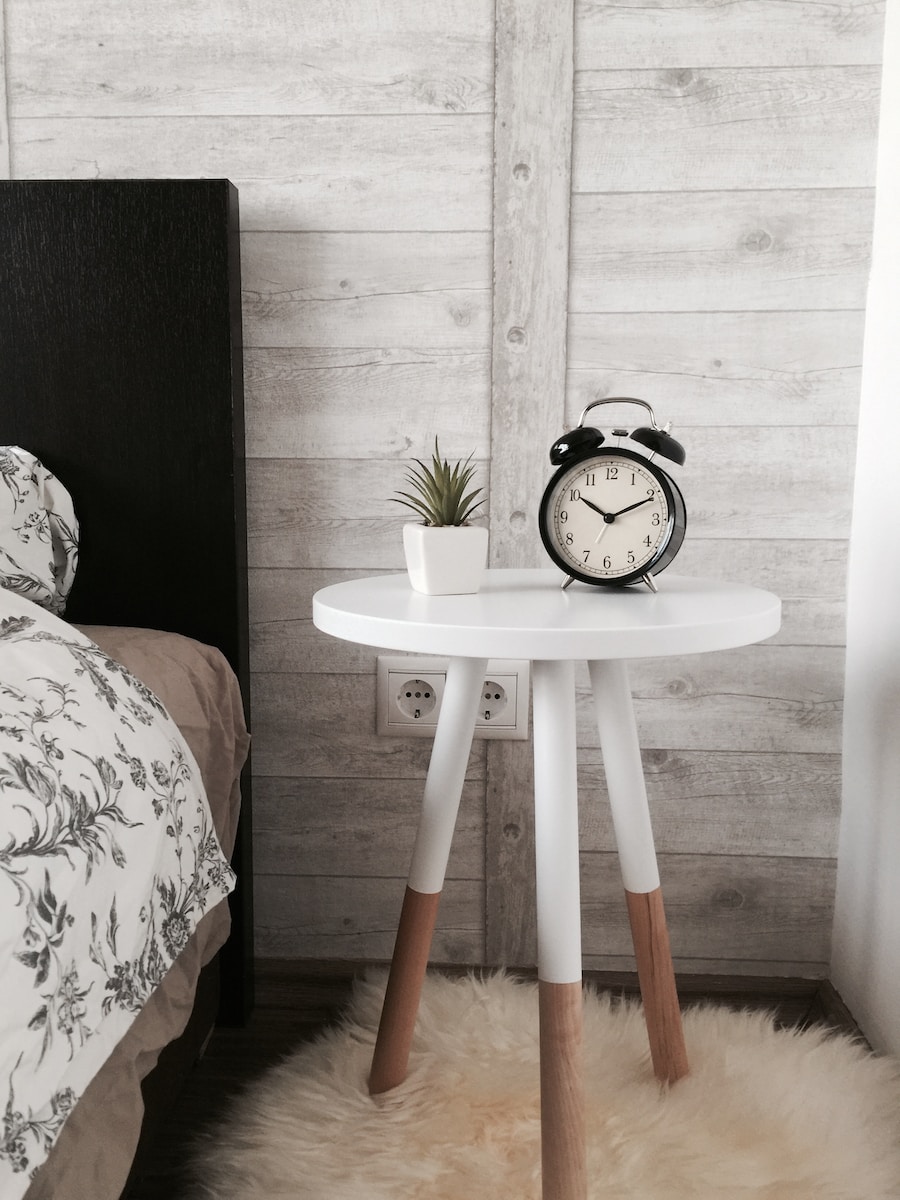Greetings, fellow container home enthusiasts! I’m Emily Owens, your trusty guide to the world of container living. Over the past four years, we’ve explored countless facets of this innovative and sustainable housing trend. Today, we’re diving into a topic that’s close to every aspiring container homeowner’s heart: cost-cutting strategies.
Container homes have captured the imagination of many for their eco-friendliness, versatility, and unique aesthetics. However, the initial investment can be quite daunting. But fear not! With a little creativity and some insider know-how, you can build your dream container home without breaking the bank. Let’s embark on this cost-saving journey together.
Plan, Plan, Plan
Before you even think about purchasing a container or swinging a hammer, start with a solid plan. It may sound obvious, but it’s often overlooked. Detailed planning can help you avoid costly changes mid-construction. Begin by sketching your ideal layout, factoring in your family’s needs and lifestyle. Think about the number of bedrooms, bathrooms, and open spaces you desire. The more detailed your plan, the fewer surprises you’ll encounter during construction.
Example: Consider using free online design tools like SketchUp or Floorplanner to create a 3D model of your container home. This will give you a clear visual representation of your design and help identify any potential issues before construction begins.
Choose the Right Location
The location of your container home can significantly impact your overall costs. While urban settings might seem convenient, they often come with higher land prices and stringent building codes. Instead, explore rural or suburban areas where land is more affordable and regulations are more lenient.
Example: Look for land in up-and-coming areas where property values are expected to rise. This can be a smart investment, as your container home’s value will likely appreciate over time.
Buy Used Containers

One of the biggest expenses when building a container home is purchasing the containers themselves. New containers are more expensive, but you can save a bundle by opting for used ones. These may have minor dings and scratches, but they’re structurally sound and can be easily refurbished.
Example: Check with shipping companies or local container yards for used containers. You can often find them at a fraction of the cost of new ones. Just make sure they’re in good condition and have been properly inspected.
DIY or Hire Professionals?
Decide which aspects of the construction process you can handle yourself and where you should bring in the pros. While DIY projects can save money, they can also lead to costly mistakes if you lack experience.
Example: If you have basic carpentry skills, you might consider doing some of the interior work yourself, like framing walls or installing fixtures. Leave the more technical aspects, like electrical and plumbing, to licensed professionals to ensure safety and compliance with building codes.
Energy Efficiency Matters
Long-term savings start with energy-efficient choices during construction. Proper insulation, energy-efficient windows, and a well-designed HVAC system can significantly reduce your monthly utility bills.
Example: Invest in high-quality insulation materials like spray foam or rigid foam boards to prevent energy loss. Look for Energy Star-rated appliances to further reduce energy consumption.
Reclaimed Materials Are Your Friends
Embrace the beauty of upcycling by incorporating reclaimed materials into your container home. Salvaged wood, vintage fixtures, and recycled tiles not only add character but also save money.
Example: Visit salvage yards, flea markets, or online marketplaces to find unique and affordable materials. An old barn door can make a charming entryway, and reclaimed hardwood flooring can add warmth to your living space.
Keep It Simple
While it’s tempting to indulge in fancy finishes and extravagant features, remember that simplicity can be both cost-effective and stylish. Minimalistic designs and clean lines often look stunning in container homes and can save you money on materials and labor.
Example: Opt for a sleek, modern kitchen with open shelving instead of custom cabinets with intricate designs. Simple, white subway tiles for your bathroom can create a timeless look without breaking the bank.
Reuse and Repurpose
Don’t discard materials that can be salvaged from your existing or demolished structures. Old bricks, concrete slabs, or roofing materials can find new life in your container home.
Example: If you’re tearing down an old shed or garage on your property, salvage any usable materials like bricks or roof shingles. These can be incorporated into your container home’s design, reducing your need to purchase new materials.
Shop Smart

When it comes to buying new materials, shop strategically. Take advantage of sales, discounts, and clearance items. Consider joining a warehouse club or buying in bulk to save on common building supplies.
Example: Keep an eye out for end-of-season sales at home improvement stores. You might find bargains on things like paint, flooring, or lighting fixtures that can be stored until you’re ready to use them.
Time Your Construction Wisely
The time of year you choose to start your container home project can impact your budget. Construction materials and labor costs can fluctuate depending on the season and local demand.
Example: If possible, plan your construction during the off-season when contractors are less busy and more likely to offer competitive pricing. This can lead to substantial savings.
Conclusion
Building a container home on a budget is not only possible but can also be a rewarding experience. With careful planning, resourcefulness, and a willingness to explore cost-saving strategies, you can create a comfortable and unique container home without breaking the bank. Remember, it’s not just about saving money; it’s about embracing the eco-friendly and sustainable possibilities that container living has to offer. Happy container home building, my fellow adventurers!




















Find Us on Socials